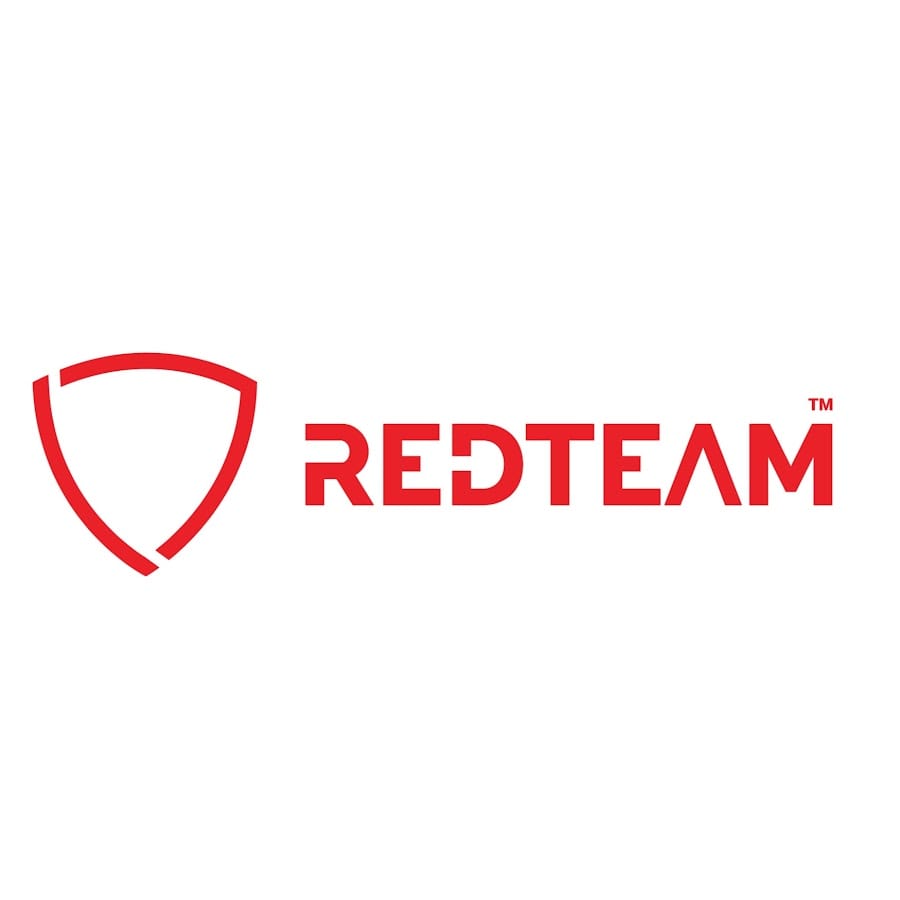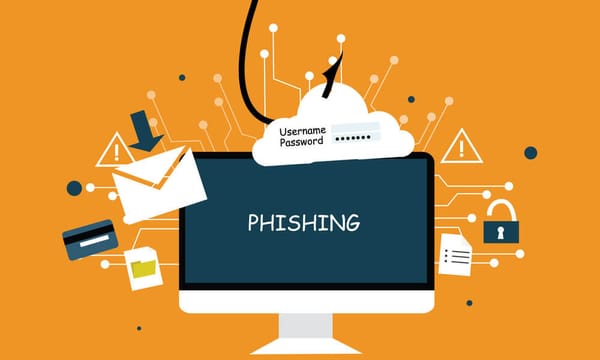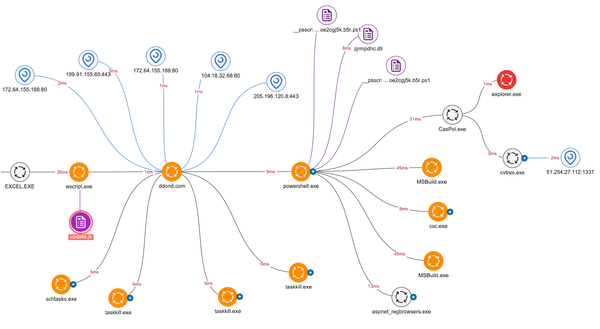Advanced Red Team Techniques: How Attackers Compromise Enterprise Networks

Disclaimer
This article is intended solely for educational purposes. The techniques described here should only be tested in controlled and authorized environments. Unauthorized use of these methods is illegal and unethical. Always adhere to legal and ethical guidelines when conducting security assessments.
Advanced Red Team Techniques: How Attackers Compromise Enterprise Networks
In an era where cyber threats are evolving at an unprecedented pace, understanding advanced Red Team techniques is crucial for building robust security defenses. Red Team operations simulate real-world attacks to test an organization’s ability to detect and respond to threats. These techniques, when performed legally and ethically, offer valuable insights into potential security weaknesses.
In this article, we will explore how attackers use sophisticated methods to compromise enterprise networks, focusing on lateral movement, privilege escalation, and maintaining persistence. We will also discuss best practices to detect and mitigate these threats.
Stage 1: Initial Access and Persistence
Keyword: Initial Access Techniques
The first step in compromising an enterprise network is to gain initial access. Attackers often employ techniques such as:
• Phishing Attacks: Trick users into revealing credentials or executing malicious payloads.
• Exploiting Public-Facing Applications: Using known vulnerabilities to gain a foothold.
• Credential Stuffing: Testing leaked or stolen credentials across multiple services.
Once access is established, attackers focus on maintaining persistence to avoid being easily removed from the network.
Common Persistence Techniques:
• Credential Dumping: Using tools like Mimikatz to extract plaintext credentials or hashes from memory.
• Service Installation: Creating rogue services that automatically restart on system reboot.
• Backdooring User Accounts: Modifying user privileges to maintain admin access.
Stage 2: Lateral Movement Across the Network
Keyword: Lateral Movement Techniques
Once inside the network, attackers aim to expand their control by moving laterally to other systems. This involves exploiting weak configurations or leveraging valid credentials to access additional machines.
Tools and Techniques:
• BloodHound: Used for Active Directory enumeration to map attack paths and identify high-privilege accounts.
• Impacket: A suite of Python tools that assist in network exploitation, including executing commands remotely via SMB.
• Pass-the-Hash Attacks: Using stolen NTLM hash to authenticate without needing the plaintext password.
Example Command with Impacket:
impacket-wmiexec DOMAIN/username@target_ip
Detection and Mitigation:
• Network Monitoring: Detect unusual lateral movement patterns.
• Privileged Account Monitoring: Regularly audit privileged user access.
• Log Correlation: Use SIEM solutions to analyze event logs for anomalous behavior.
Stage 3: Privilege Escalation
Keyword: Privilege Escalation Techniques
To gain full control of the environment, attackers must escalate privileges to Domain Admin or equivalent. This often involves exploiting misconfigurations or using credential theft techniques.
Common Techniques:
• Kerberoasting: Extracting and cracking service account tickets to obtain plaintext passwords.
• Abusing Service Misconfigurations: Running services with SYSTEM privileges or weak configurations.
• Dumping LSASS Memory: Extracting credentials from Local Security Authority Subsystem Service (LSASS) using Mimikatz.
Command to Dump LSASS Credentials with Mimikatz:
mimikatz.exe "privilege::debug" "sekurlsa::logonpasswords" exit
Mitigation Strategies:
• Credential Guard: Protects against credential dumping attacks.
• LSASS Protection: Enable security policies to prevent memory dumping.
• Regular Password Rotation: Enforce strong and complex password policies.
Stage 4: Domain Dominance and Persistence
Keyword: Maintaining Domain Admin Access
Achieving domain dominance means the attacker has control over the entire network. To maintain persistence, attackers often employ advanced techniques such as:
• Golden Ticket Attacks: Generating a forged Kerberos Ticket-Granting Ticket (TGT) to impersonate any domain user.
• Silver Ticket Attacks: Forging service tickets to gain persistent access to specific services.
• Resource-Based Constrained Delegation (RBCD): Abusing misconfigurations to escalate to domain admin.
Example of Golden Ticket Creation with Mimikatz:
mimikatz.exe "kerberos::golden /domain:example.local /sid:S-1-5-21- /rc4:HASH /user:Administrator /id:500"
Mitigation Techniques:
• Implement Multi-Factor Authentication (MFA): Reduces the risk of credential-based attacks.
• Audit Kerberos Tickets: Regularly check for anomalous ticket creations.
• Limit Service Account Privileges: Avoid granting excessive rights to service accounts.
Stage 5: Data Exfiltration and Cleanup
Keyword: Data Exfiltration Techniques
Once attackers have gained full access, they may proceed with data exfiltration, collecting sensitive information for later exploitation or ransom. Typical techniques include:
• File Compression: Archiving data to reduce the volume of transfers.
• Encrypted Exfiltration: Using TLS or SSH to hide data in transit.
• Cloud Storage Usage: Uploading data to public cloud platforms to avoid detection.
Cleanup and Covering Tracks:
• Log Deletion: Erasing evidence of compromise using tools like wevtutil.
• Service Disabling: Shutting down monitoring services to reduce detection.
• Backdoor Installation: Ensuring a way back in by planting secondary access points.
Best Practices for Mitigating Red Team Techniques
1. Implement Zero Trust Architecture: Continuously verify user and device identities.
2. Deploy Threat Hunting Techniques: Actively search for anomalous behavior instead of waiting for alerts.
3. Monitor Service Account Usage: Detect unusual usage patterns.
4. Centralized Log Management: Aggregate logs from all critical systems for correlation and analysis.
5. Regular Red Team Exercises: Conduct internal simulations to identify and fix weaknesses.
Conclusion
Red Team techniques provide valuable insights into the effectiveness of an organization’s security posture. By understanding how attackers exploit weaknesses and maintain persistence, security professionals can develop proactive defense strategies.
By leveraging tools like BloodHound, Impacket, and Mimikatz, attackers can rapidly escalate privileges and maintain domain dominance. Mitigating these threats requires a multi-layered security approach, including monitoring, response, and continuous improvement.




